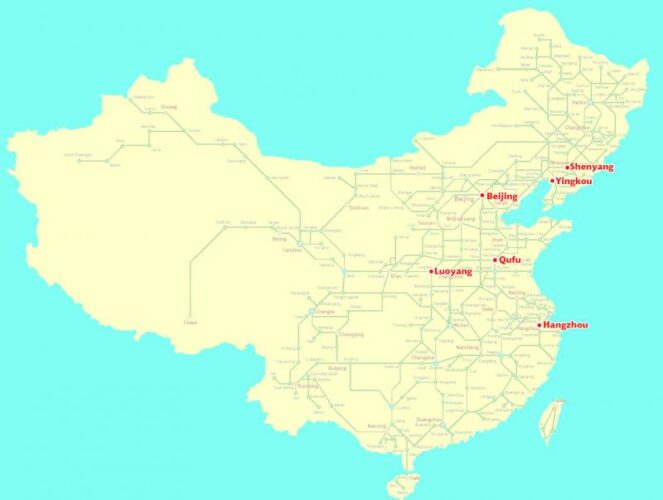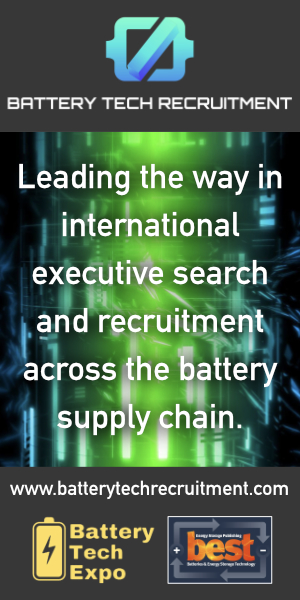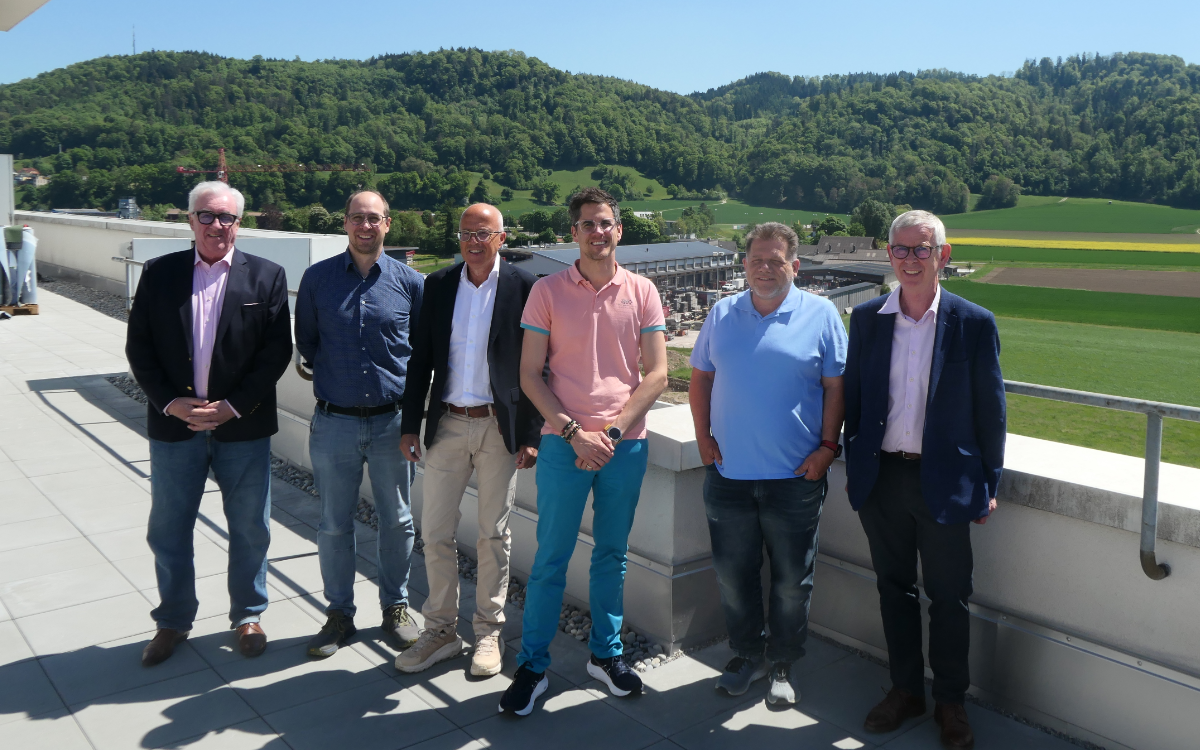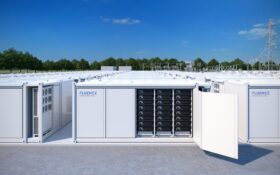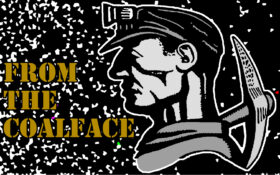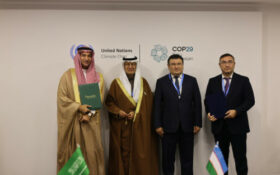The Editor makes a whistle stop tour of the Chinese battery industry to find out what's happened since the great lead‑acid cull of 2011.
It's nearly a year since the Chinese government invoked legislation which wiped out more than half the lead‑acid battery industry and made life "interesting" for those that remained. What's happened since? BEST magazine prides itself on getting its major stories from source— not press releases— but the battery industry in China is scattered across the country.
However… China has a high speed rail network and it's . . .
to continue reading this article...
Sign up to any Premium subscription to continue reading
To read this article, and get access to all the Premium content on bestmag.co.uk, sign up for a Premium subscription.
view subscription optionsAlready Subscribed? Log In

